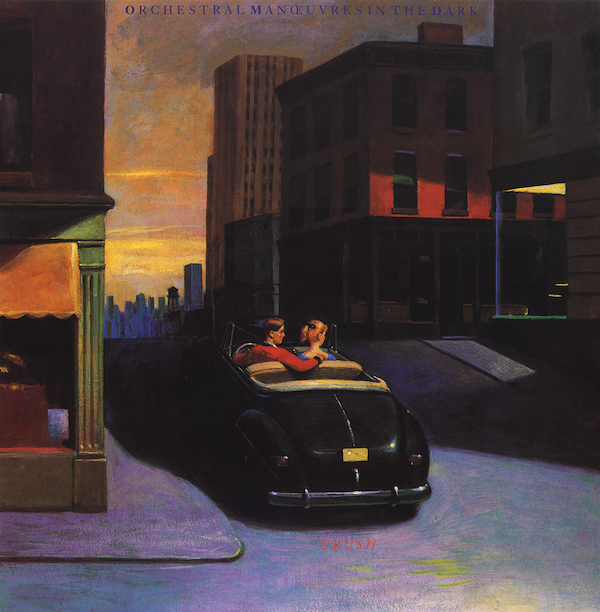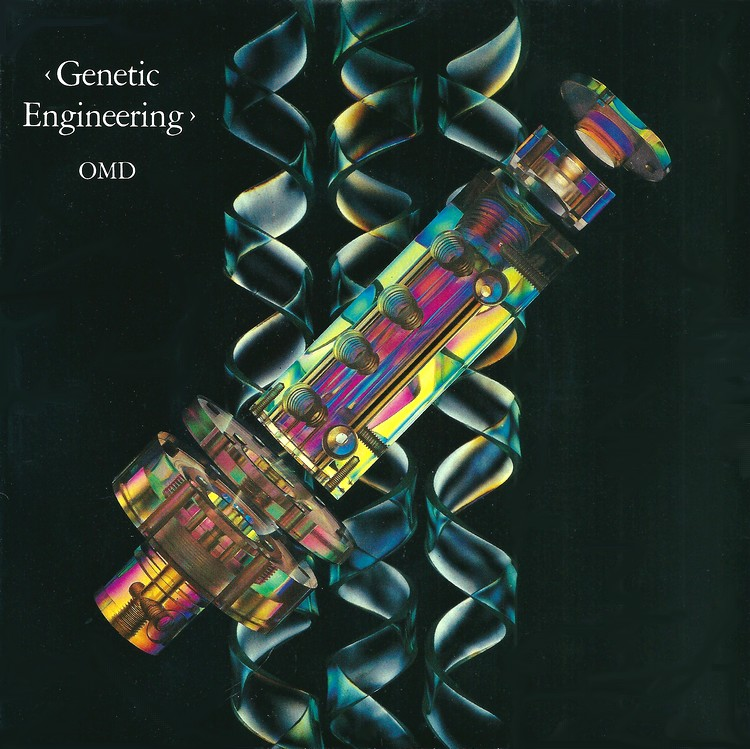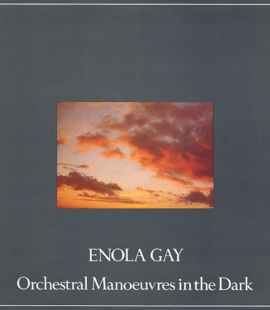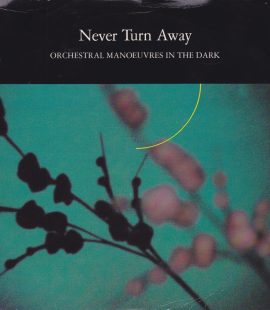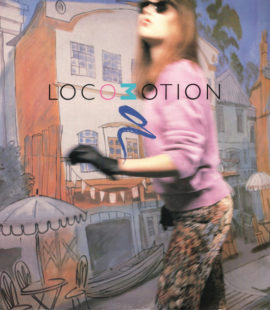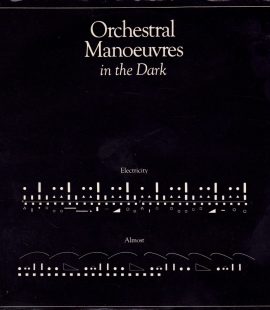Club 66: 88 Seconds in Greensboro
We won’t forget… ‘If You Leave’ is one of OMD’s more unusual releases, emerging as a standalone single in 1986 on the back of its inclusion in the film Pretty In Pink, where it served as the soundtrack to that … Read More

